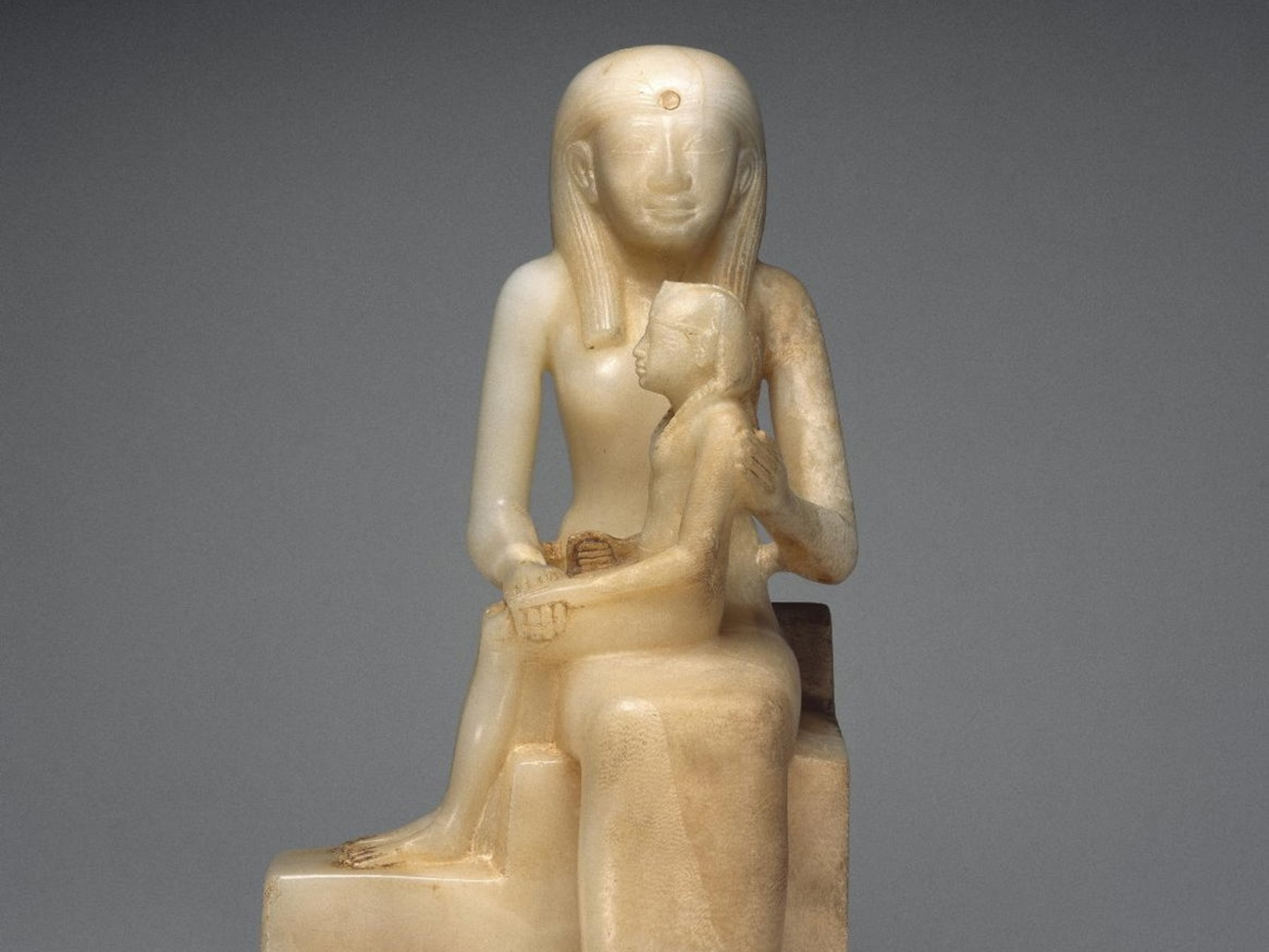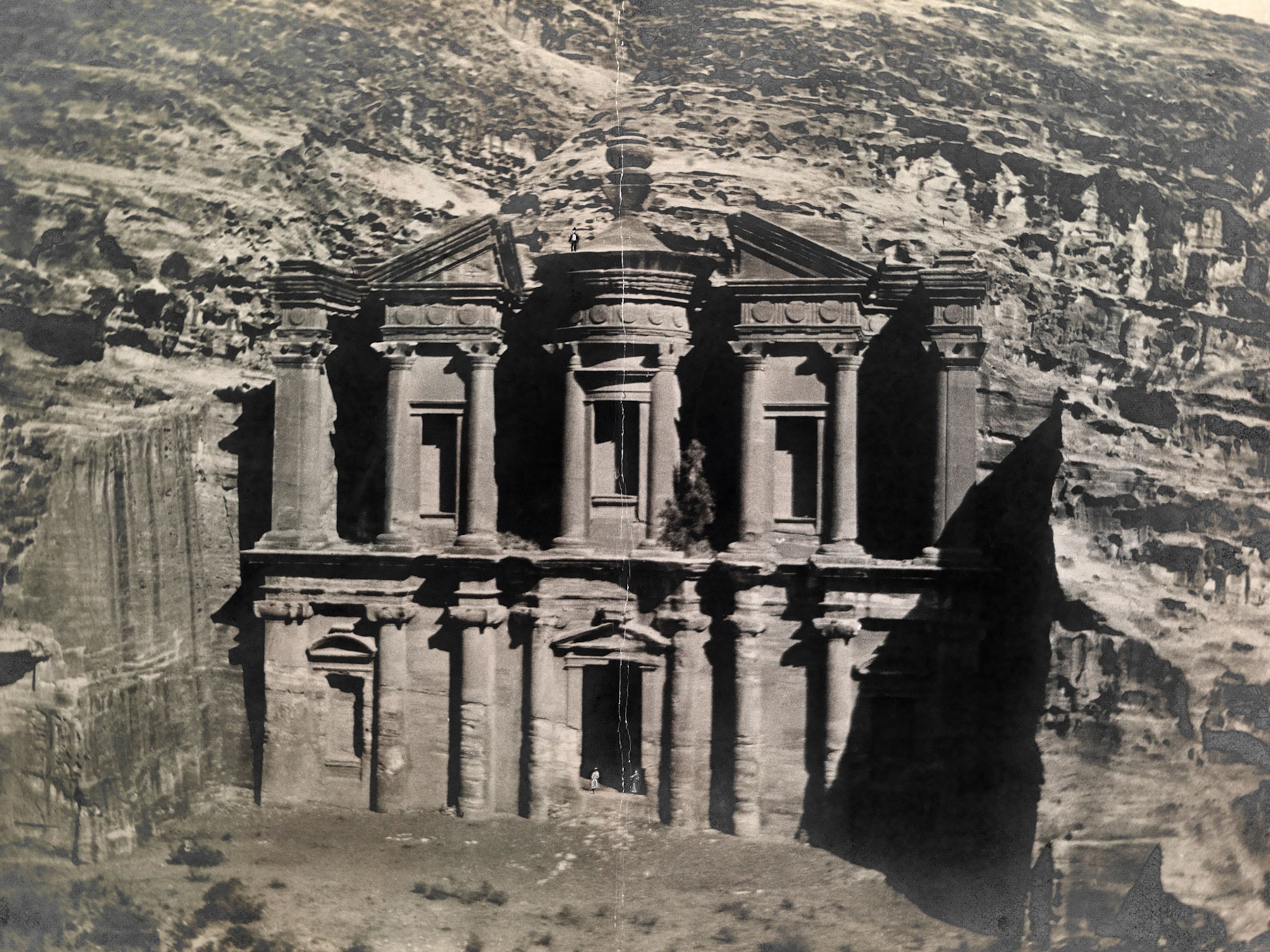
This man drowned 5,000 years ago. How do we know that?
By modifying a modern forensic technique, researchers were able to determine that skeletal remains in Chile belonged to a likely fisherman who drowned in the Pacific thousands of years ago.
Some 5,000 years ago on the coast of Chile’s Atacama Desert, a fisherman drowned in the cold waters of the Pacific. It’s the life-and-death story of an individual who lived millennia ago, and one that researchers are now able to tell, thanks to a twist on a modern forensic technique.
The “diatom test,” used today to identify victims of drowning, relies on what happens to the human body during the event: Inhaled water ruptures the lungs and is pumped around the dying body, including along tiny capillaries that go through bones and into the marrow.

Forensic scientists examine the marrow of the dead to look for diatoms—microscopic algae with shells of silica—that are characteristically found in drowning victims. Now, researchers writing in the Journal of Archaeological Science have confirmed that the diatom test can be performed on human remains dating back thousands of year—a breakthrough that may offer a new way of investigating prehistoric tsunamis and identifying their victims.


“We know that a lot of people die in big tsunamis, but where are they all in prehistory?” says James Goff, a geologist at the University of Southampton in the United Kingdom and an author of the new study.
Goff, an expert in ancient tsunamis, found a suitable candidate for the technique in a 5,500-year-old grave at Capoca 1, an archaeological site on the coast of northern Chile’s Atacama Desert.

The grave was investigated in 2016 by another author of the study, University of Concepción anthropologist Pedro Andrade, who identified a skeleton there as probably that of a fisherman, due to wear on the bones consistent with frequent rowing and isotopic analysis that revealed a diet almost exclusively of seafood.
The male skeleton was almost intact, but neck vertebrae were missing and had been replaced in the grave by large shells. The man also seems to have been buried with his arms pointing in different directions and one leg sticking out.
Goff says the skeleton was an ideal sample for a proof-of-concept trial of the diatom test on archaeological remains. “We knew this guy was a fisherman, because of his bone structure, and that he’d had a rather strange burial—so let’s see if he drowned in the sea,” he says.
Death by drowning
Goff and his colleagues made thousands of electron microscope images of the marrow inside the Capoca 1 skeleton’s largest bones, which were less likely to have been contaminated by outside elements after death.
The modern forensic diatom test removes the marrow from the bone and adds chemicals to distinguish the diatoms; but Goff’s modification preserves the marrow in place and uses fewer chemicals, which means other marine particles besides diatoms are also preserved. Curiously, the researchers didn’t find any fossilized diatoms in the skeleton from Copaca 1—the exact reason isn’t clear, and Goff expects to see them in the marrow of other ancient drowning victims—but they did find other types of fossilized marine algae, parasite eggs, and sediments that the standard diatom test wouldn’t have detected, he says.
Although the research team has now established that the fisherman died by drowning, the researchers didn’t find such signs in two other sets of human remains found nearby. They therefore think it’s likely the man died in a fishing accident, rather than in an ancient tsunami.
But the ability to determine if prehistoric people had died from drowning will be a major advance in archaeological investigations of tsunamis. “There are all these prehistoric mass burial sites that we know of on the coasts, and if we find that all these people drowned then we can say that they probably died in a tsunami,” Goff says. “We can then look at other archaeological evidence and get a better understanding of how prehistoric people lived and died around the coastlines of the world.”
Tsunamis must have had a huge impact on ancient coastal communities, but they can be difficult to identify, says Beverly Goodman-Tchernov, a professor of marine geosciences at Israel’s University of Haifa and a National Geographic Explorer. She and her colleagues are already planning to use a modified diatom test on the bones of a dog and a man who drowned in the tsunamis after the Thera eruption about 3,600 years ago.
Goodman noted not all victims of a tsunami may have died by drowning—for instance, they may have died from blunt force trauma during the disaster. But the modified diatom test can be an important piece of the puzzle. “If there’s a mass grave, we have to use a large set of evidence to argue that it could have been a tsunami,” she says. “This would definitely contribute to the interpretation that a tsunami occurred.”





